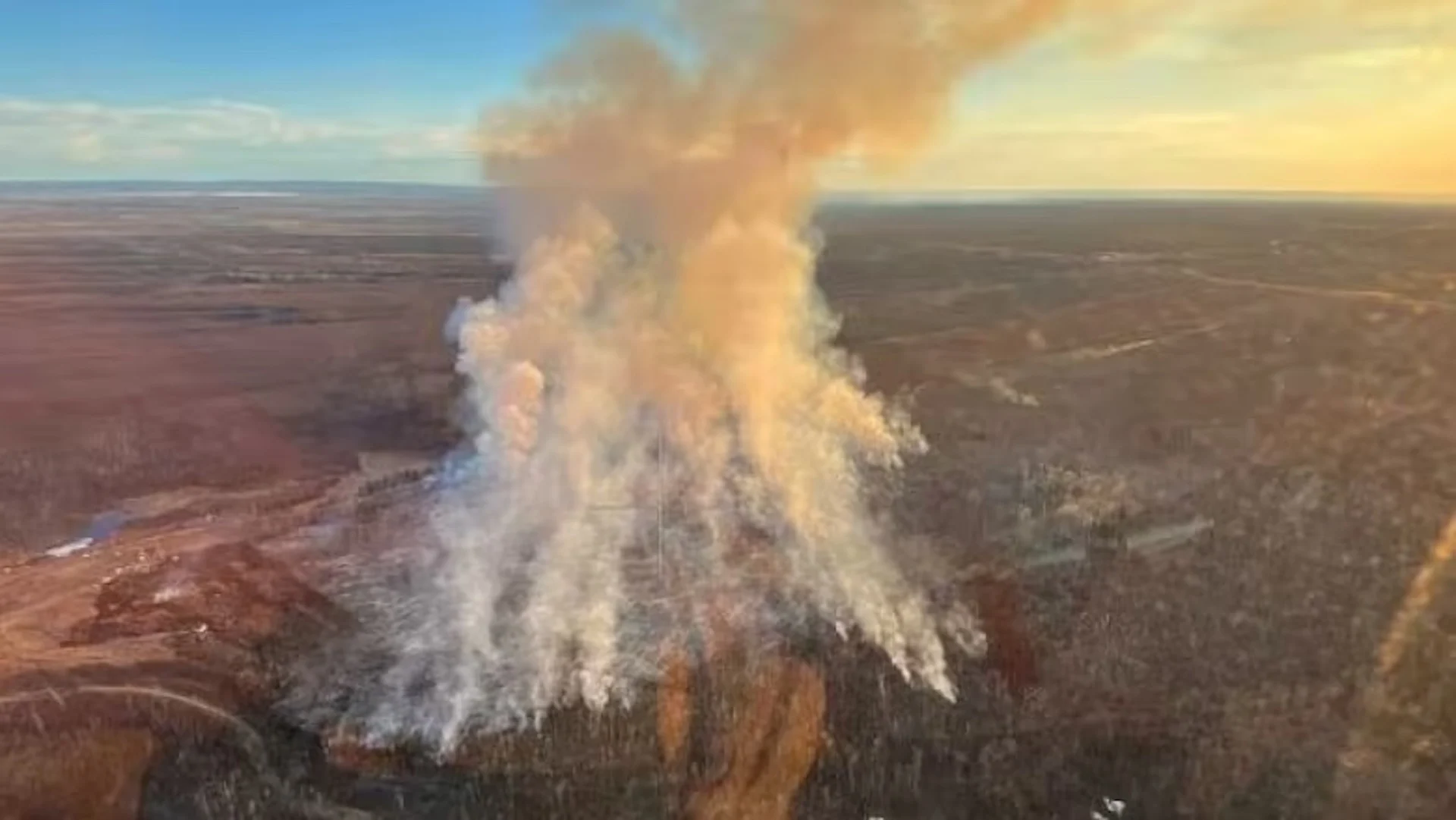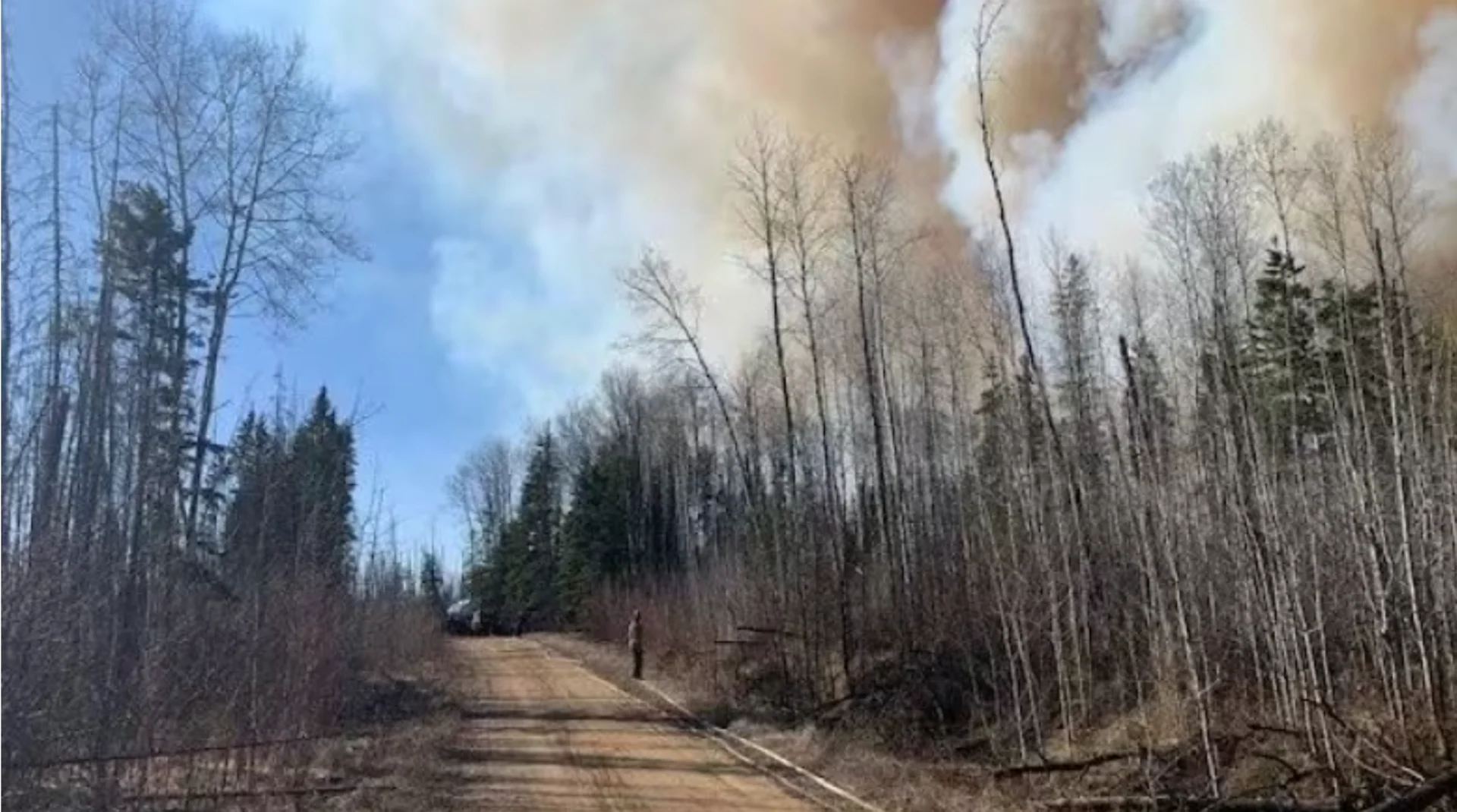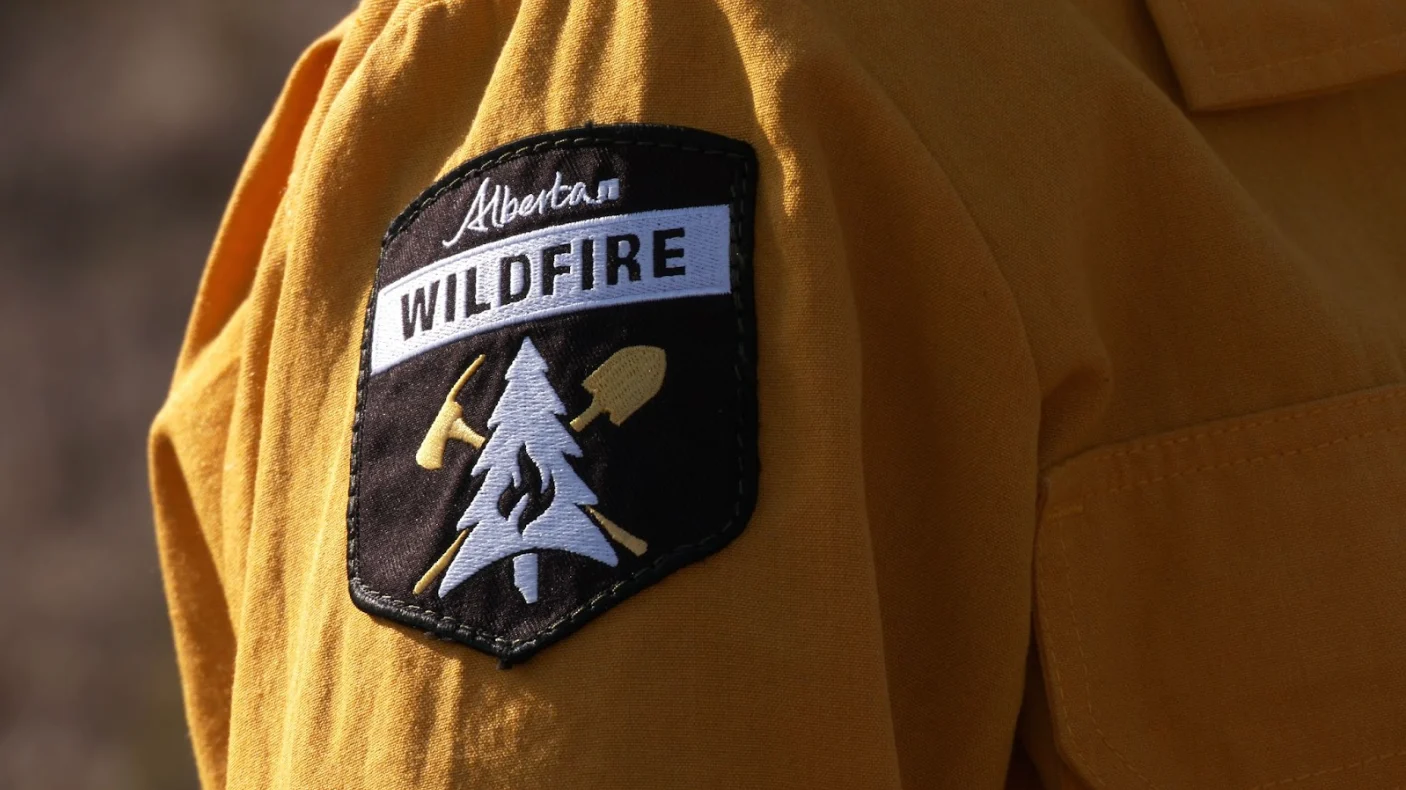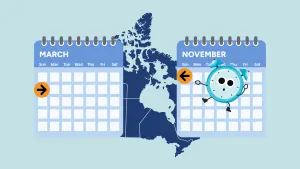
Alberta enacts fire restriction as wildfire conditions grow extreme
A sweeping fire restriction has been put in place across Alberta as hot, dry weather leaves forests tinder-dry.
Emergency officials are urging extreme caution in the weeks ahead as a persistent and severe drought pushes Alberta's wildfire danger to the extreme.
SEE ALSO: Rural Albertans, officials discuss evacuation plans as wildfire season kicks off
On Wednesday, following a wildfire information update, the province introduced a fire restriction in the province's forest protection areas in effort to manage the risk.
With the exception of Calgary's forest protection zone, all outdoor fires are now prohibited on public lands, including backcountry and random camping areas.
Wildfires have already prompted a handful of communities to temporarily evacuate and put hundreds more Albertans on notice to leave their homes at a moment's notice.

(Alberta Wildfire via CBC)
The wildfire season started early and threatens to escalate quickly, said Josee St-Onge, a spokesperson for Alberta Wildfire.
"Conditions remain very dry," St-Onge said at a news conference Wednesday. "We need significant and continued rain to overcome the drought conditions that we are experiencing across many parts of the province."
Following a winter season with low precipitation, the snowpack has disappeared quickly this spring. Without extended rains, the risk will remain high.
CANADA'S WILDFIRES: Visit The Weather Network's wildfire hub to keep up with the latest on the active start to wildfire season across Canada.
"This is a critical time for wildfire in Alberta. Snow has melted and exposed dead and dry vegetation which is extremely flammable," St-Onge said.
"Wildfires will easily ignite and can spread very quickly."
Wildfires in Alberta have consumed more than 755 hectares of forest to date this season, compared to 440 hectares to this time last year.
More than 200 fires have been reported this year, compared to 135 at this time last year. An average for this time of year is 120 wildfires, with around 230 hectares burned, St-Onge said.
As of Wednesday morning, 70 wildfires were burning across Alberta, including 63 that have ignited in forest protection zones.
The risk of new wildfires igniting is the most extreme in the northern parts of the province, with the risk rated as very high in regions including Fort McMurray, Lac La Biche, and Slave Lake.

Connor'O Donovan/The Weather Network)
As of Wednesday morning, residents near Cold Lake First Nations remained on evacuation alert, while evacuation orders remained in effect for the Municipal District of Peace No. 135.
A fire near the municipal district has continued to grow rapidly.The fire had grown to about 1,500 hectares Wednesday, expanding from the 250 hectares it had consumed the day before.
The fire continues to burn out of control and ground crews are attempting to douse the flames with help from air tankers and helicopters.
A wildfire burning southeast of Fort McMurray has also posed a threat to homes in the neighbourhood of Saprae Creek Estates. Firefighters continue to work to strengthen the fire guard along the western flank of the fire, which is burning 4.5 kilometres from the hamlet. It is now classified as being held.
Todd Loewen, Alberta's minister of Forestry and Parks, said Wednesday that Alberta continues to experience a higher than normal wildfire risk.
The province is working with municipal crews and adding more firefighters to its ranks to ensure the frontline is well-prepared for the season ahead.
"While this elevated number of new wildfire starts in 2024 points to concerning levels of wildfire danger, it also means our response tactics are working," he said.
WATCH: This is what it takes to become wildland firefighter in Alberta
Thumbnail courtesy of Alberta Wildfire via CBC.
The story was originally written by Wallis Snowdon and published for CBC News.









